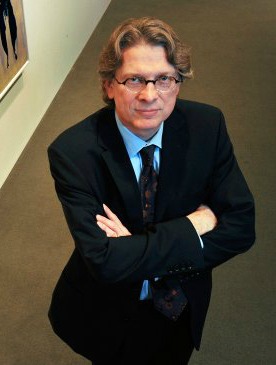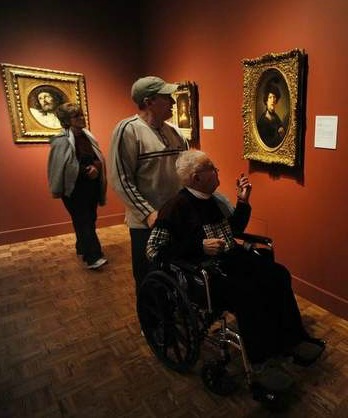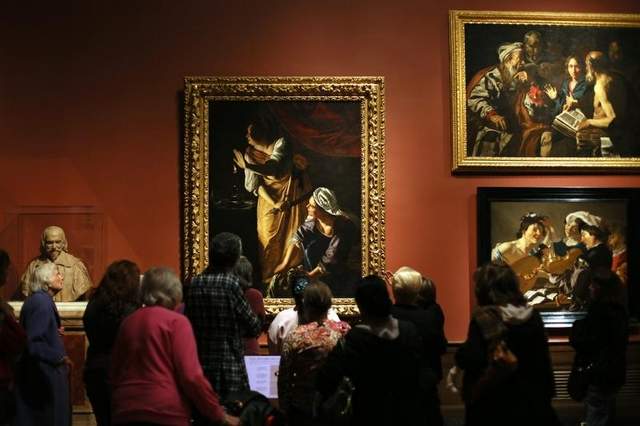Hard on the heels of the recent announcement by the Vatican, that its bounteous library had begun digitizing all 82,000 manuscripts in its 135 collections — thanks to help from the Japanese Japanese technology group NTT Data — the Tate has made available a rich artistic resource. It’s called Audio Arts, and it consists of 245 hours of more than 1,640 interviews with artists, critics and other art world figures. This one is already available here.
 As the Tate’s press release describes it:
As the Tate’s press release describes it:
The list of interviewees …includes some of the most important artists of the late twentieth century. It features, among others, Marina Abramovic, Carl Andre, Joseph Beuys, Daniel Buren, John Cage, Tacita Dean, Michael Craig-Martin, Tracey Emin, Gilbert & George, Richard Hamilton, Mona Hatoum, Susan Hiller, Damien Hirst, Howard Hodgkin, Anish Kapoor, Ellsworth Kelly, John Latham, Richard Long, Sarah Lucas, Chris Ofili, Gerhard Richter, Richard Serra, Nancy Spero, Sam Taylor-Wood, Mark Wallinger, Andy Warhol and Rachel Whiteread. Many artists were interviewed when they were beginning to be known, and subsequently at later dates, shedding light on the trajectory of their artistic careers and the development of their ideas and views.
This archive, acquired from Bill Furlong (seen interviewing Joseph Beuys) in 2004, involved more than “350 boxes of taped interviews on reel-to-reel tapes, cassettes and digital formats, as well as other material such as mock-ups of each issue, associated correspondence and photographs.” They’ve all been digitized over the past two years, with support from The Rootstein Hopkins Foundation.
More details are here. Start listening.




